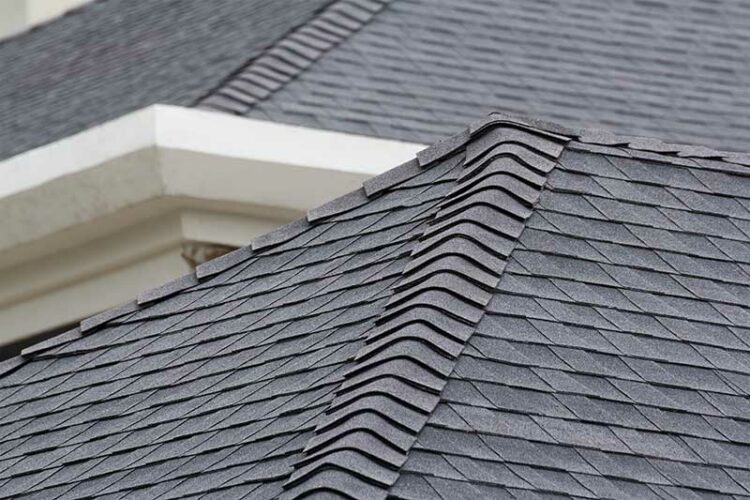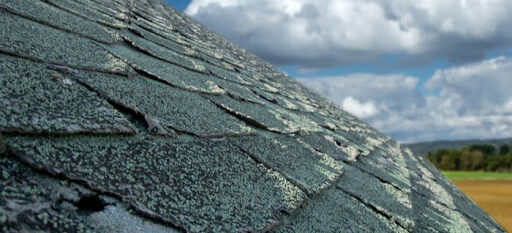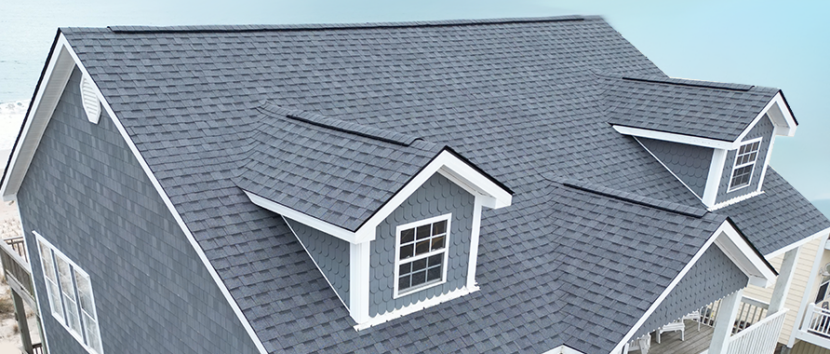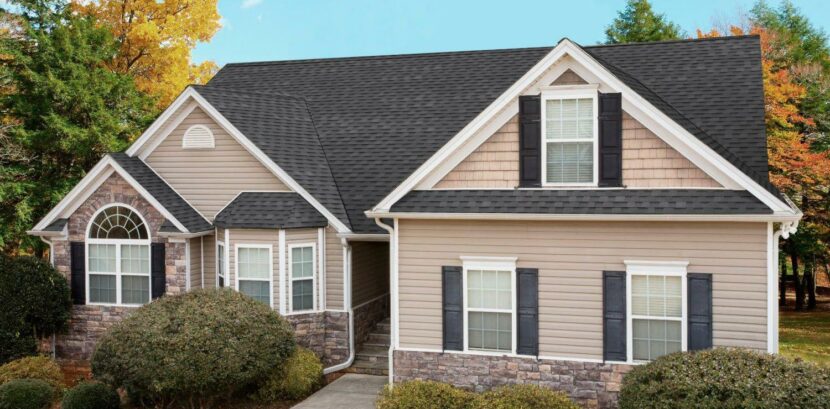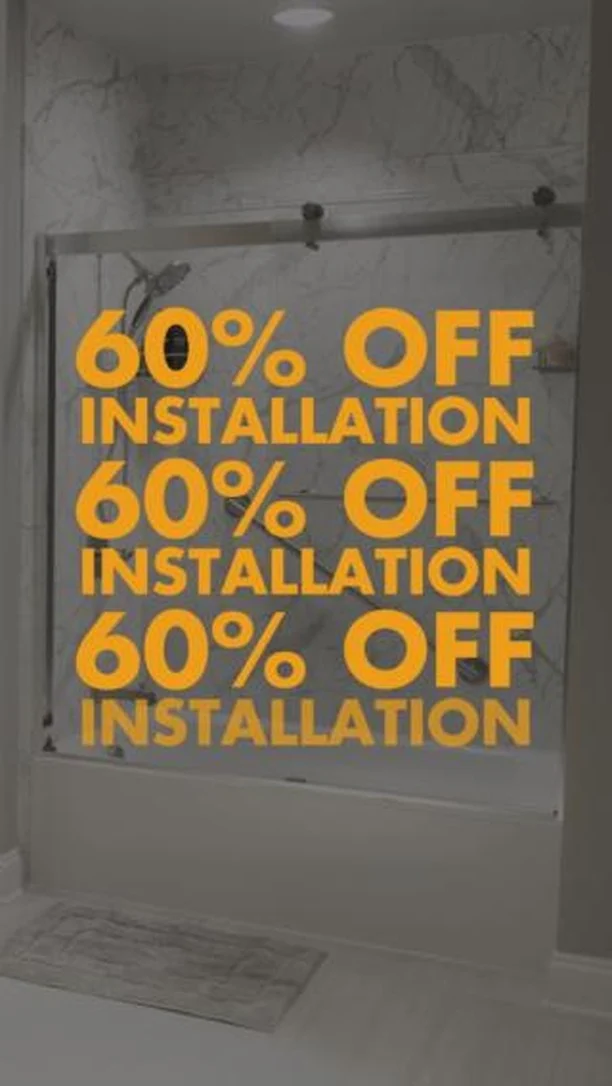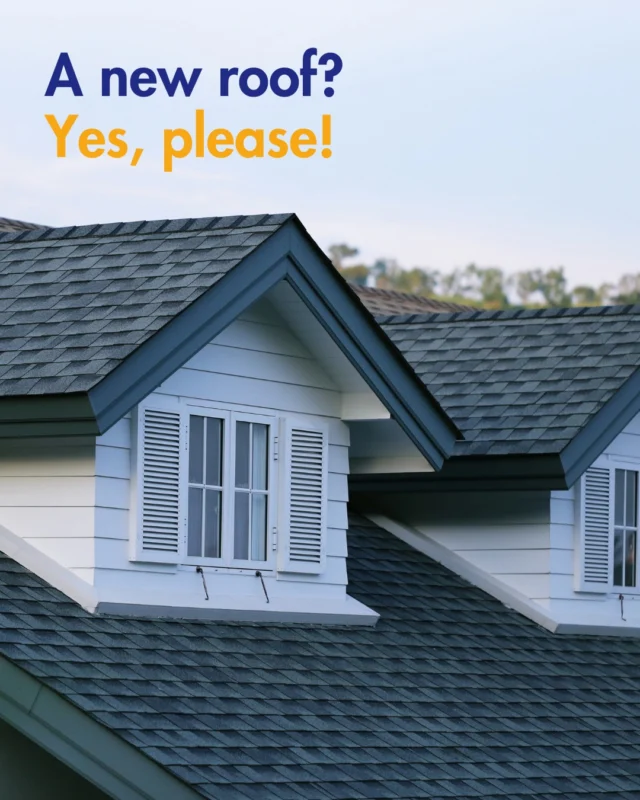Can I Repair My Roof After a Leak?
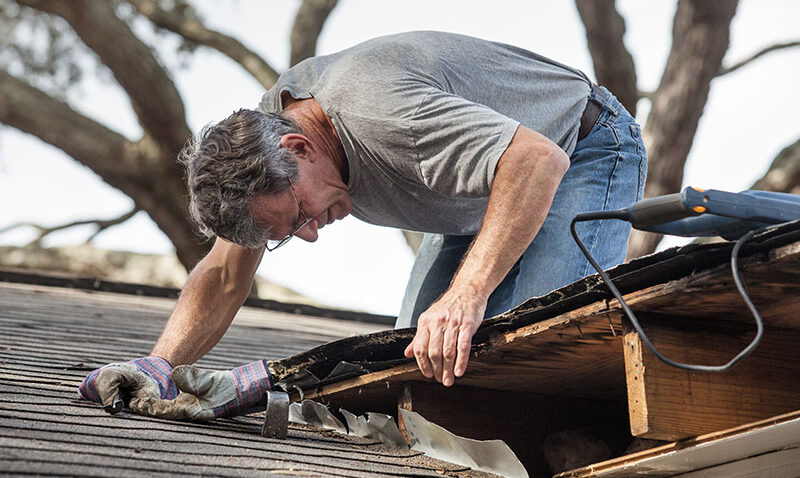
Leaks are the tsunamis of the roofing industry, wreaking havoc in a myriad of chaotic ways. When they aren’t encouraging mildew growth and black mold, they’re intruding into your attic and insulation. A little water can do a shocking amount of damage. Even secondary roof intrusions can penetrate your interior, putting your HVAC system and décor at risk.
Water damage can be devastating to your family’s well-being, particularly if you have respiratory illness or electrical attic wiring. Once the problem has progressed through your shingles, it will start rotting away your wood framing and joists. Left unchecked, that supposedly minor leak will happily bring your house down one foot of water damage at a time.
The average roof lasts for 15 to 20 years, but it can only achieve that lifespan if it’s well-maintained. Leak management is the single most powerful way to help your shingles to outlast their senior years.
Understanding the causes of roof leaks
The modern roof is a wonder of engineering brilliance. It’s built to form a weather-resistant membrane that’s bolstered by a series of substrates. Just as one tiny hole can empty a bucket of water, one damaged shingle can give water the access point it needs to intrude into deeper layers. Roof leaks can be caused by:
- Shoddy installation practices: Roofing demands unyielding attention to detail. If your contractor is an experienced perfectionist, those beautiful new shingles will outlast many years of rain and humidity.
- Damaged shingles: Once your shingles are compromised, snowmelt and rain can creep beneath them, drawing moisture all the way into your roof.
- Worn out flashing: Your flashing forms an impervious layer around your joints and roofing edges. Damage should be resealed before a more catastrophic leak begins to form.
- Blocked gutters: Your roof is built to resist moving water. It can’t cope with static pooling for long, so clogged gutters are potentially devastating.
- Poor ventilation: An unventilated attic is prone to humidity and the leakage it fosters. As your drywall and insulation become waterlogged, leaks will penetrate your home’s interior.
Get a Free Estimate Today
60% off installation. Special financing available. See details.
Everything you need to know about roof leak repairs
If you’re an avid DIY enthusiast, you’re probably aching to put on your tool belt and get to work on your visible water damage, but it takes more skill than you might think. Every strike of a hammer can cause more water penetration. New leaks can form via even the tiniest holes, and that’s long before your inadequate tools end in a broken leg.
To make matters worse, performing your own repairs will void your warranties and destroy your delicate roofing membrane. Your flashing and underlayment might look indestructible, but they’re sensitive structures that demand an educated touch.
There’s a reason your favorite roofing contractor brings a veritable plethora of tools along for the ride. Roofing is complicated. Flashing must be secured at a single contact point. Shingles must be installed without creating unnecessary holes. Roofing membrane must be preserved. Valleys must not be walked on. You might be a dab hand at furniture restoration, but that doesn’t give you the knowledge required to keep complex roofing structures in top-notch condition.
Roof leaks are complicated beasts. It’s easy enough to spot serious water damage, but it takes an expert eye to spot the course of the leak that caused it. Leaks rarely occur near the site of the stain. Experienced contractors understand the wily ways of water, so they can track the source rather than just the symptom.
What you gain from using a licensed contractor
Licensed, certified roofers must pass an obstacle course of tests covering everything from basic installation practices to comprehensive repairs. They bring more than just skill to your leak repairs, though. Their liability insurance covers accidental damage. Their workmanship warranties guard you against post-installation problems. The standards required to earn their licenses assure you of exceptional production and correctly-chosen materials, so your repair will cost you less over the long term.
That said, licensed roofers aren’t all made alike. Lesser professionals offer lesser warranties that only cover defective materials. Hansons’ warranty covers both materials and installation because we have the utmost confidence in our skills. We stand behind our materials, too, of course, because we use only the finest rubber composite shingles.
The fallacy of affordability in DIY repairs
A DIY leak repair is expensive. Without the industry knowledge and production skills required of a certified roofing contractor, you will probably destroy expensive intact roofing. You might even create a bigger leak or attract a fine for doing work without a permit. You’ll also need to pay top dollar for retail materials that a contractor can access at wholesale prices. Sometimes, paying more at the outset is cheaper than picking up your own hammer.
Need help with a roofing project? Click here for a free roofing estimate from 1-800-HANSONS.

